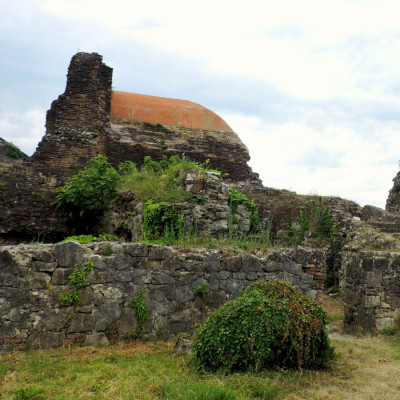
Geguti Royal Palace near Kutaisi, from Georgia's Golden Age, boasts a distinctive medieval architecture, renowned for its unique plan and spatial design among preserved palaces.
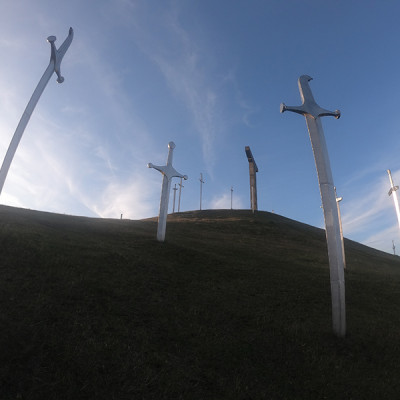
The Didgori Battle Memorial commemorates the Battle of Didgori in 1121. Situated in the Trialeti mountains, approximately 60 kilometers from Tbilisi, the memorial complex stands atop a hill in an expansive, open area.
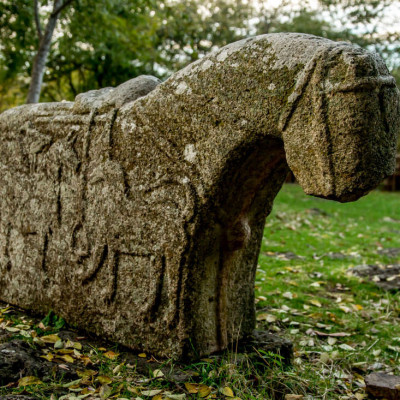
The Samshvilde and Kldekari Museum Reserve safeguards an archaeological site featuring ancient megalithic complexes, cyclopean castles, a Middle Bronze Age barrow valley, and unique secular and church architecture from Georgia's Trialeti range
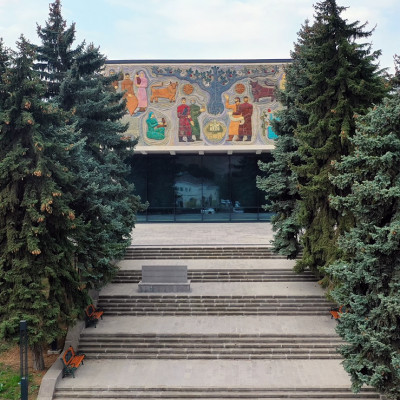
Great Mtskheta Archeological State Museum-Reserve houses the residences of Georgian Kings of Kartli and Iberia Kingdoms along with their mausoleums, up to 23,000 exhibits dated from 4th Millennium BC.
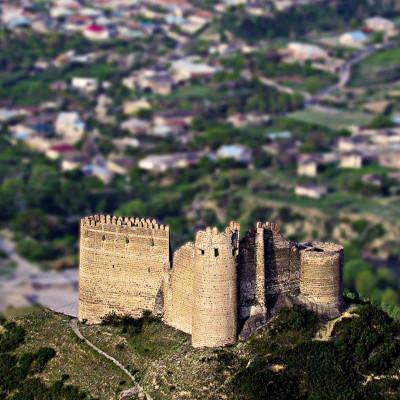
Ancient town Sarkine, situated about 8 km from Mtskheta town, is mentioned in the Georgian Chronicles among the other Iberian settlements .
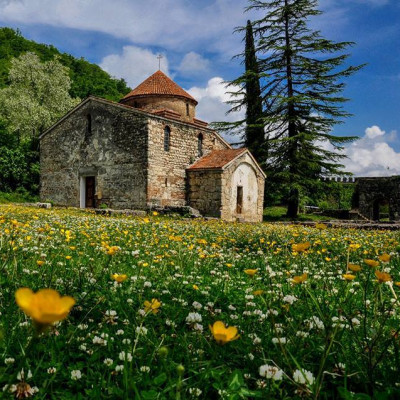
The Nokalakevi archaeological site revealed historical fortress-city of Archaeopolis Tsikhegoji – the capital of the antient Georgian Kingdom of Egrisi (Lazika).
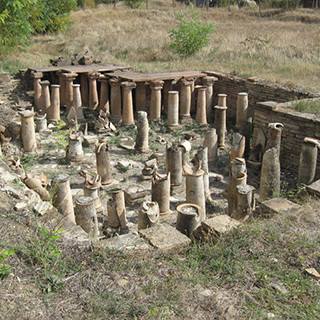
Dzalisi archaeological site is located in Inner Kartli, East Georgia, where excavations revealed unique historical monuments of Hellenic and Roman period.
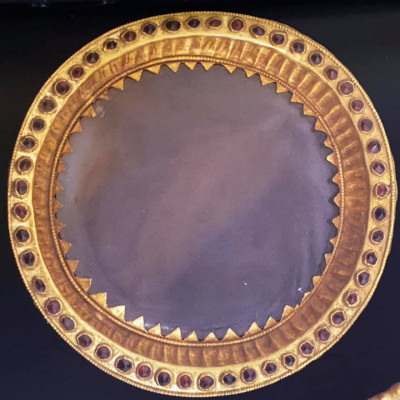
Armaziskhevi archaeological sites near Mtskheta town bring together important discoveries from ancient history to the early Middle Ages of Georgia.
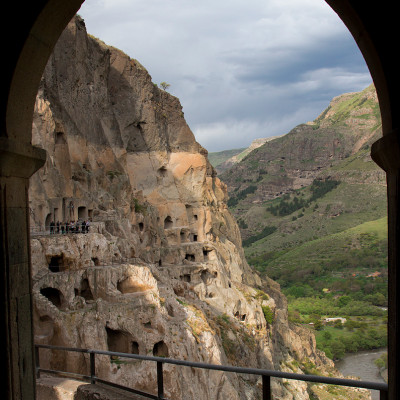
The largest medieval rock-cut monastery, Vardzia consists of 600 dwellings, prayer rooms and garrisons on 13 levels, connected by tunnels, hidden churches, a spring and spectacular frescoes.
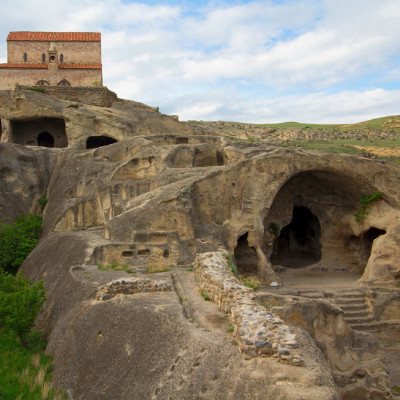
Rock-Cut Cave Town Uplistsikhe is the oldest among discovered urban settlements in Caucasus. Some archaeological layers belong to the iron age. Drive southeast from Gori, and in 20 min you are there.